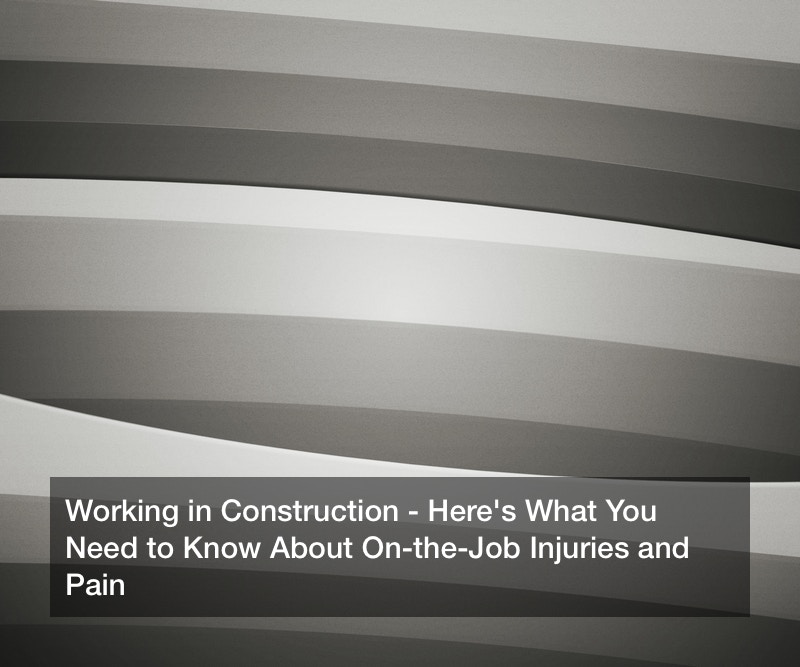Working in Construction? Here’s What You Need to Know About On-the-Job Injuries and Pain
UPDATED 12/7/20 For construction workers, it is important to pay attention to back pain. The common misconception is that pain is gain and if you don’t feel pain, you didn’t work hard enough. That is not true. Back pain and muscle pain are indicators of improper lifting. Never lean over to pick up something. Despite […]
